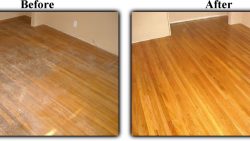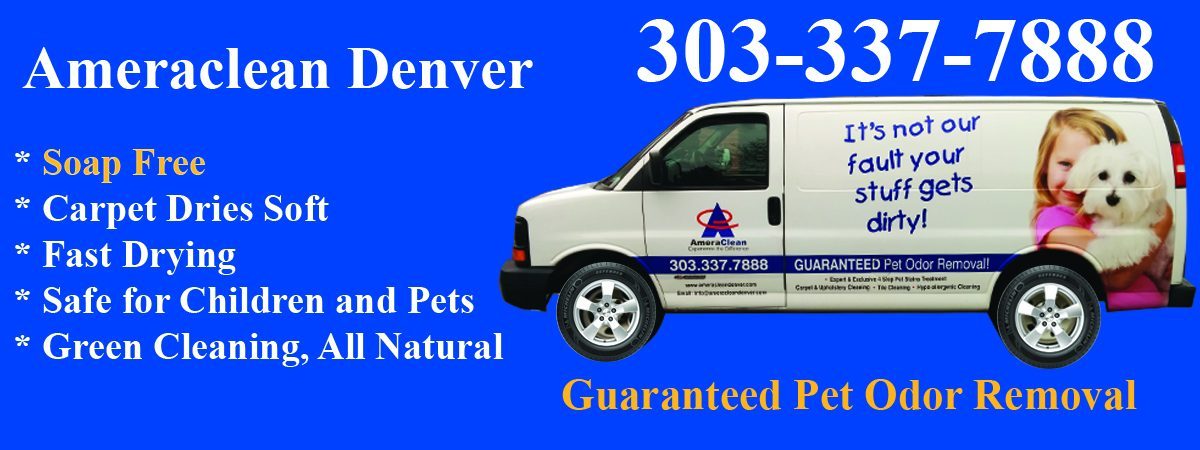“In most situation we can complete the cleaning and restoring same day and you can be back on your floor that evening with no dust, no odor and for a fraction of the cost of refinishing!”
1.will inspect your Wood floor and determine the materials and stain level
2.We Use Powerful Machine to deep cleans wood floors, with a custom-designed cylindrical brush that gets rid of the dirt without affecting the finish. The exclusive and powerful water containment vacuum system extracts the toughest dirt and surface contaminants while leaving a dry floor immediately after use.
3.will then hand clean edges and difficult-to-reach corners with microfiber cloths to capture any remaining dirt or debris.
4. you can choose either a gloss or satin finish to protect your wood floors and give them a streak-free shine. The top coat finish leaves your wood floors clean and residue free, without sanding.
Learning how to clean hardwood floors is essential for protecting and maintaining your beautiful investment. Since dirt and grime can’t hide on hardwood floors like they can on carpet, cleaning your floors may seem “high maintenance.” However, once you establish your own routine, the best way to clean hardwood flooring won’t seem so difficult.
Daily Schedule – Dust/Sweep
Giving your floors a good dusting with a microfiber mop or cloth will be your best daily defense against scratches and surface damage. Microfiber cleaning pads often use static electricity to trap dirt, particles, and other household allergens. Using a broom to can be effective as well, but using a broom only pushes the dirt around. When you want to clean your floors without damaging them, avoid lifting your microfiber mop up off the floor when you clean—this way you keep the dirt trapped on the pad.
Weekly Schedule – Vacuum/Mop
Weekly maintenance will deal with the harder to reach areas that a daily dusting can’t reach. Vacuums and wet mops are ideal for getting dirt out of trouble areas like corners and the spaces between each piece of hardwood. However, using vacuums and mops come with extra caution when you want to clean floors without damaging them. If your vacuum has a beater bar, make sure it doesn’t hit the bar floor. Also, the wheels on a vacuum might damage the floor. When you’re using a mop, remember that water and wood don’t mix! Avoid putting excess liquid on your floor. Lightly misting your floor with a hardwood floor cleaner will be enough to give it a great clean. A gentle touch is one of the best ways to clean hardwood flooring.
Advanced Tips
Use proper tools to clean your floor – a mop paired with a machine washable, microfiber pad for dusting and cleaning. Electrostatic action attracts dirt, microparticles and common household allergens.
Avoid using water and vinegar, soap-based cleaners, wax or steam cleaners on your hardwood floors. Vinegar and water actually dull the floor’s finish over time, while soap and wax leave residue. Steam cleaners put heat and excessive water on your floor, which can lead to cupping and long-term damage.
Regular dusting and cleaning keeps hardwood floors looking new. But protective mats can further your floor’s life. Use natural rubber rug underlayments with a waffle pattern in entry ways or high traffic areas, and use felt floor protectors on furniture.
Other Considerations
Here are some extra tips that will lead you on the best way to clean hardwood flooring:
• Use Mats. Place mats or rugs at entryways or other traffic areas to minimize the amount of dirt and debris that gets onto your floors. Make sure the protective coverings you use are designed for wood floors. Some rubber-backed mats can trap moisture, damaging floors in the process.
• Things to Avoid. Avoid using water and vinegar, soap-based cleaners, wax or steam cleaners on your hardwood floors. Vinegar and water actually dull the floor’s finish over time, while soap and wax leave residue. Steam cleaners put heat and excessive water on your floor, which can lead to cupping and long-term damage.
• Traffic Concerns. As you come up with your maintenance routine, remember that the overall use of your floors will dictate how often you need to clean. High-traffic areas may need to be mopped or polished more often, while less-frequented floors can go a bit longer between more intense cleanings.
